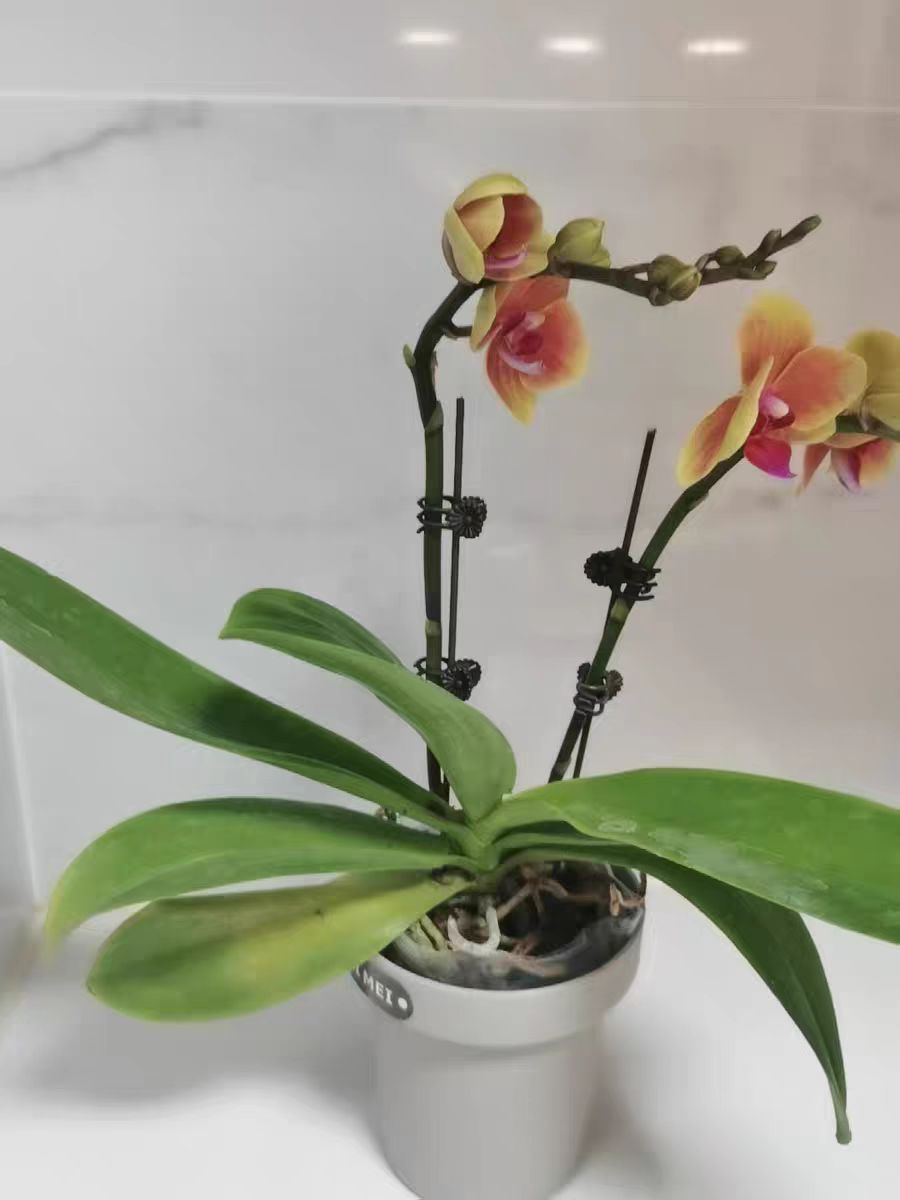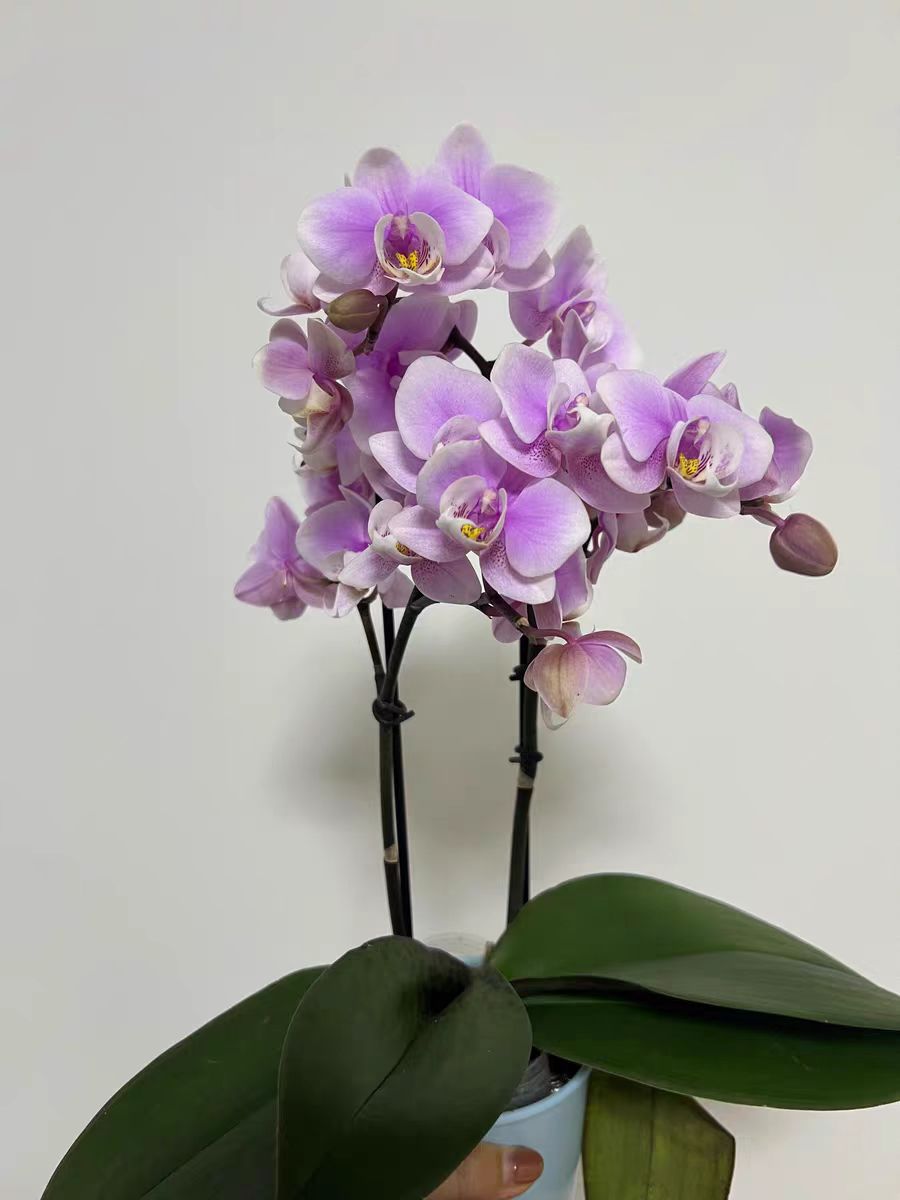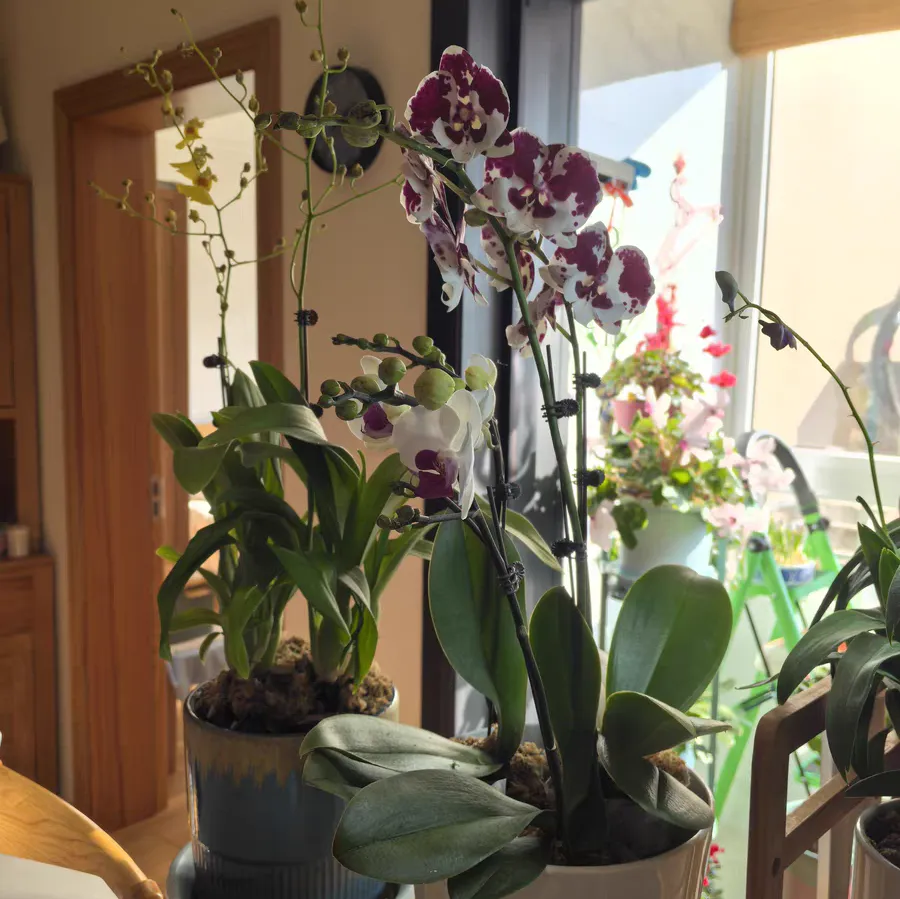The term "acclimation" is of great significance in plant care, especially for delicate phalaenopsis. It refers to the process of gradually transferring a plant from one environment to a different one. Through this process, the plant can gradually adapt to the conditions of the new environment, thereby reducing the growth stress caused by sudden environmental changes. For phalaenopsis, whether it is brought home after being purchased from a flower shop or transferred from one maintenance location to another, acclimation treatment is required. This step can greatly improve the survival rate of phalaenopsis and reduce the discomfort or death caused by environmental changes.
The acclimation period of phalaenopsis is not fixed, but is affected by many factors, such as environmental temperature, humidity, light conditions and the health status of the phalaenopsis itself. Generally speaking, however, the acclimation period of phalaenopsis takes about three to five days. During this period, we need to provide a relatively stable and suitable environment for phalaenopsis to help it gradually adapt to the new growth conditions.
During the acclimation period, it is of vital importance to maintain a suitable environmental temperature. Generally speaking, phalaenopsis grows best at around 20 degrees Celsius. Therefore, during the acclimation period, we can control the indoor temperature within the range of three to four degrees above or below 20 degrees Celsius to provide a warm but not overheated growth environment for phalaenopsis.
Humidity is also one of the important factors affecting the acclimation effect of phalaenopsis. During the acclimation period, the air humidity should be kept at about 70%. Such humidity conditions will neither be too dry to cause water loss in the leaves of phalaenopsis nor too wet to cause diseases and pests. To achieve this goal, we can place a humidifier indoors or increase the air humidity by spraying water.
Light is equally crucial for the growth of phalaenopsis. During the acclimation period, we should place the phalaenopsis in a bright and well-ventilated place with diffused light. Avoid direct sunlight to prevent the leaves from being burned; at the same time, ensure sufficient light to meet the photosynthesis needs of phalaenopsis. For places with strong light such as the south balcony, we can place the phalaenopsis at a position slightly far from the light, such as about two to three meters away; for places with insufficient light such as the north balcony, it can be placed as close to the window as possible.
During the acclimation period, watering management also needs to be carried out with caution. Generally speaking, it is not advisable to water immediately in the first few days of acclimation. This is because phalaenopsis may have absorbed a certain amount of water during transportation or transfer, and the soil humidity in the new environment may also be different from that in the original environment. Therefore, in the first few days of acclimation, we can observe the dryness and wetness of the soil and water appropriately after the soil becomes slightly dry. At the same time, when watering, avoid excessive water accumulation at the bottom of the pot or on the leaves to prevent problems such as root rot or diseases and pests.
The acclimation of phalaenopsis is a process that requires careful care. By controlling key factors such as environmental temperature, humidity, light conditions and watering management, we can help phalaenopsis successfully pass through the acclimation period and lay a solid foundation for its subsequent healthy growth.
What does it mean to acclimate phalaenopsis? How many days does it take to acclimate phalaenopsis?

Share with
Tagged in :




Leave a Reply